 Coches
Coches
 Camiones
Camiones
 Autobuses
Autobuses
 Motos
Motos
 Militar
Militar
 Electrónica
Electrónica
 Armas
Armas
 Edificios
Edificios
 Avión
Avión
 Muebles
Muebles
 Personajes
Personajes
 Animales
Animales
 Nave espacial
Nave espacial
 Alimentos
Alimentos
 Barcos
Barcos
Más
Hi everyone! We continue series of short interviews with the best artists from Hum3D competitions.
Glitch Black, author of the «The First Tree on Titan», will answer six questions and give us a look behind the scenes of his work.
My interest in visual arts first began by taking still photography classes in high school and college, which culminated in my working as a newspaper photojournalist in New Orleans for several years. At the same time, I earned a masters degree in film production and worked on several short and feature films before eventually taking an internal marketing department job where I worked as a producer, director, videographer, and video editor. At this point I realized how valuable motion graphics could be to the projects I was editing. This forced me to learn and master Adobe After Effects. It wasn’t long before I wanted to learn how to create and animate graphics in 3D, so I then taught myself Blender. A few years later my next full-time job required me to learn Cinema 4D, and I’ve been using C4D as my primary 3D program ever since.
Before becoming somewhat serious with 3D art, I took a bit of a creative detour with my hobby of producing electronic music. When I started releasing music to Soundcloud, Bandcamp, and Spotify, I needed an artist name and that’s where the name Glitch Black comes from. Starting with my third album release, I’ve used Cinema 4D and Octane Render to create all my album cover art. I also used C4D to create teaser animations promoting my albums, and over time this evolved into creating short looping animations just for fun. Eventually I created so many looping 3D animations that I was able to use these as my own backing visuals when I played my music live.
I currently have a full-time job as a motion graphics designer and am also available for after-hours freelancing. My highest-profile freelance work has been with Hasbro where I’ve animated 3D assets for brands such as Nerf, G.I. Joe, Star Wars, and Star Trek.
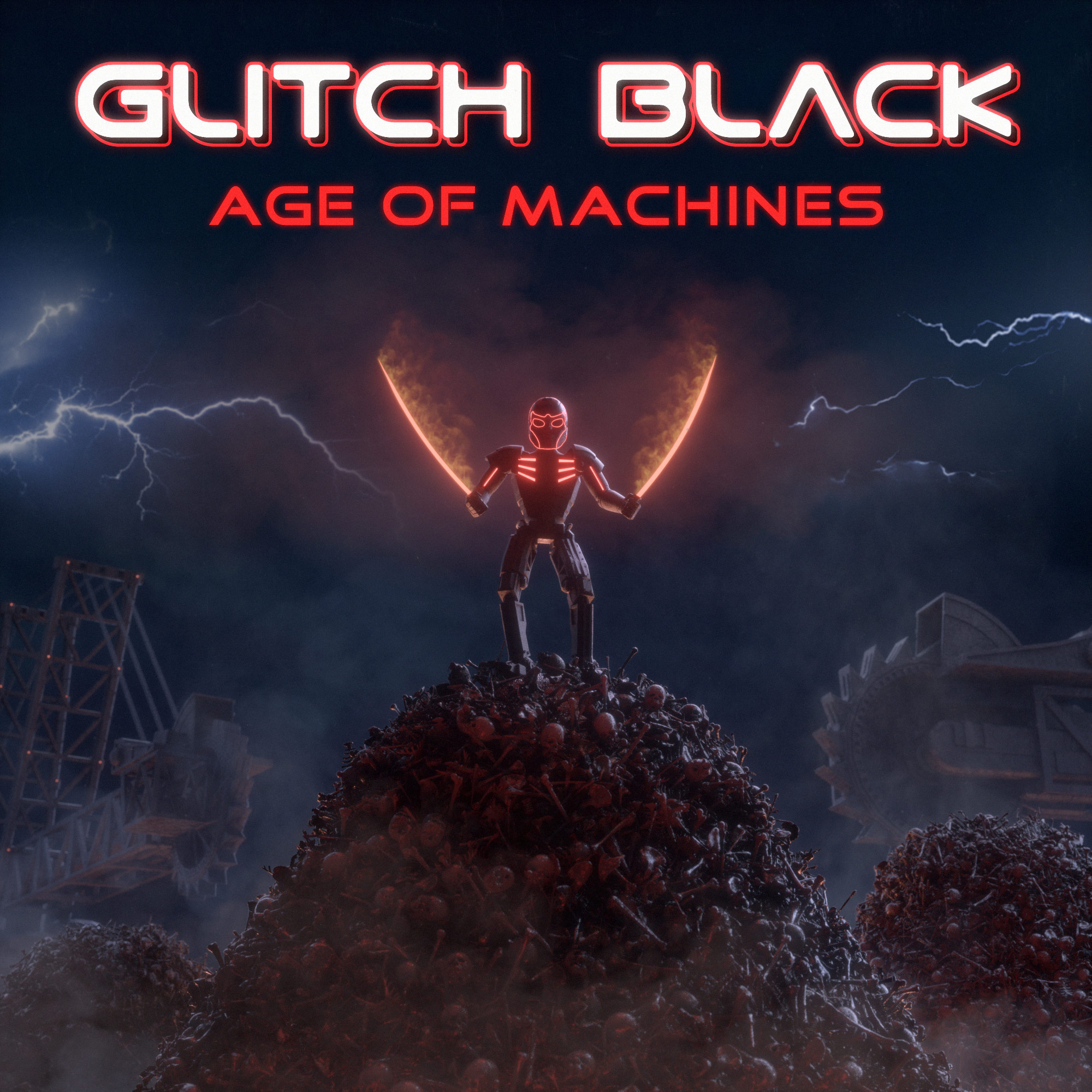
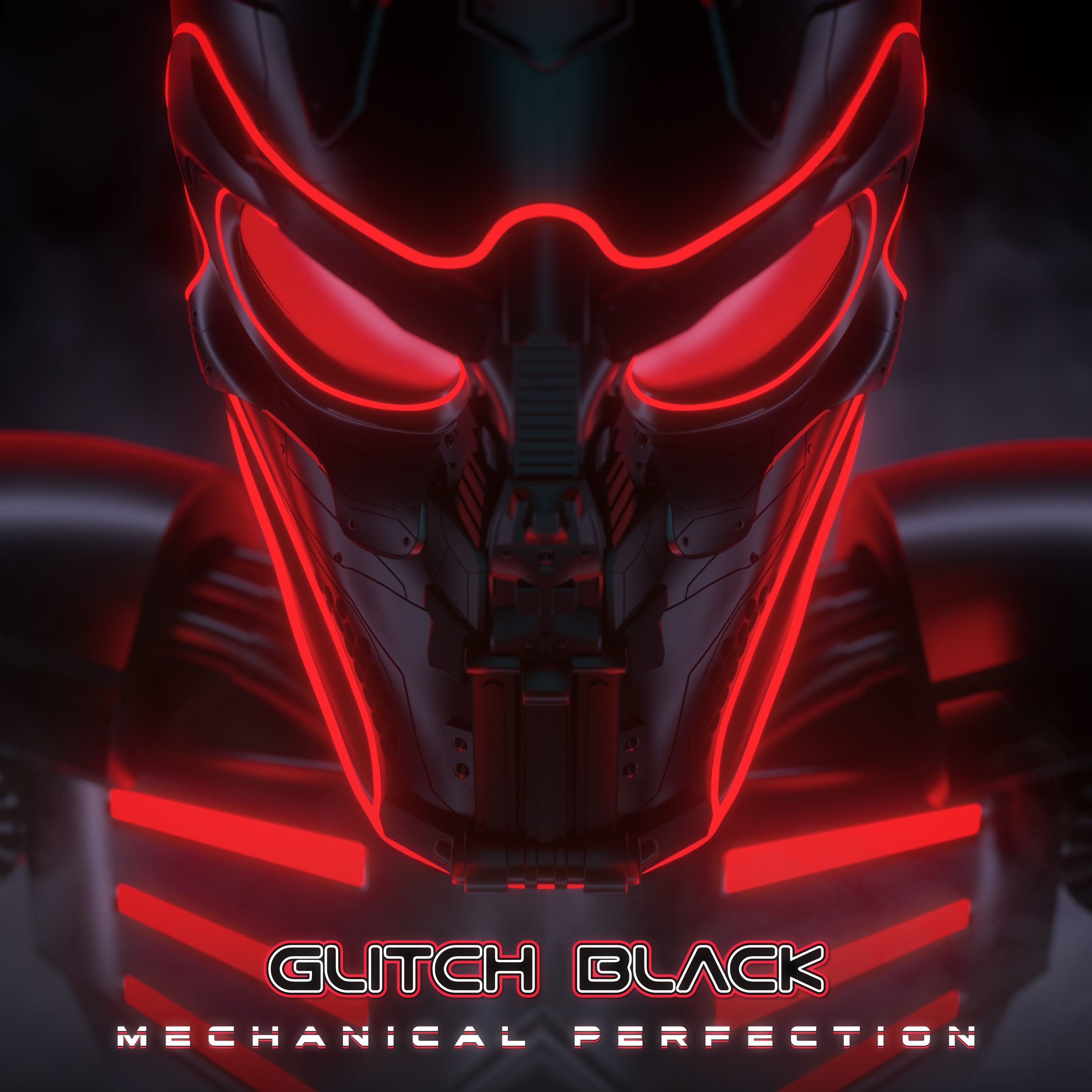
For overall visual inspiration, I scoured ArtStation for anything industrial, sci-fi, or cyberpunk themed. Some of my favorite references ended up being exterior buildings and corridors from the 2016 video game Doom. I also researched lots of real-world industrial tanks, towers, pipes, and equipment.
The narrative concept I settled on for my artwork was what if a tree was growing in a completely inhospitable environment. And what if someone who only knew that unforgiving environment saw a living tree there. I knew from the start that I wanted a Space Dad showing his Space Kid a tree for the first time and what reaction that might have.
One of my goals with this project was to include lots of details throughout the scene, so I ended up modeling an assortment of easter egg items to hide all over the place. This includes the sports almanac and plutonium case from Back to the Future, a lightsaber and mouse droid from Star Wars, an origami unicorn from Blade Runner, a robot from Silent Running, the shaving cream can from Jurassic Park, the companion cube from Portal, and a CPU brain chip from Terminator 2. There are a few other items and messages hidden in the scene as well.
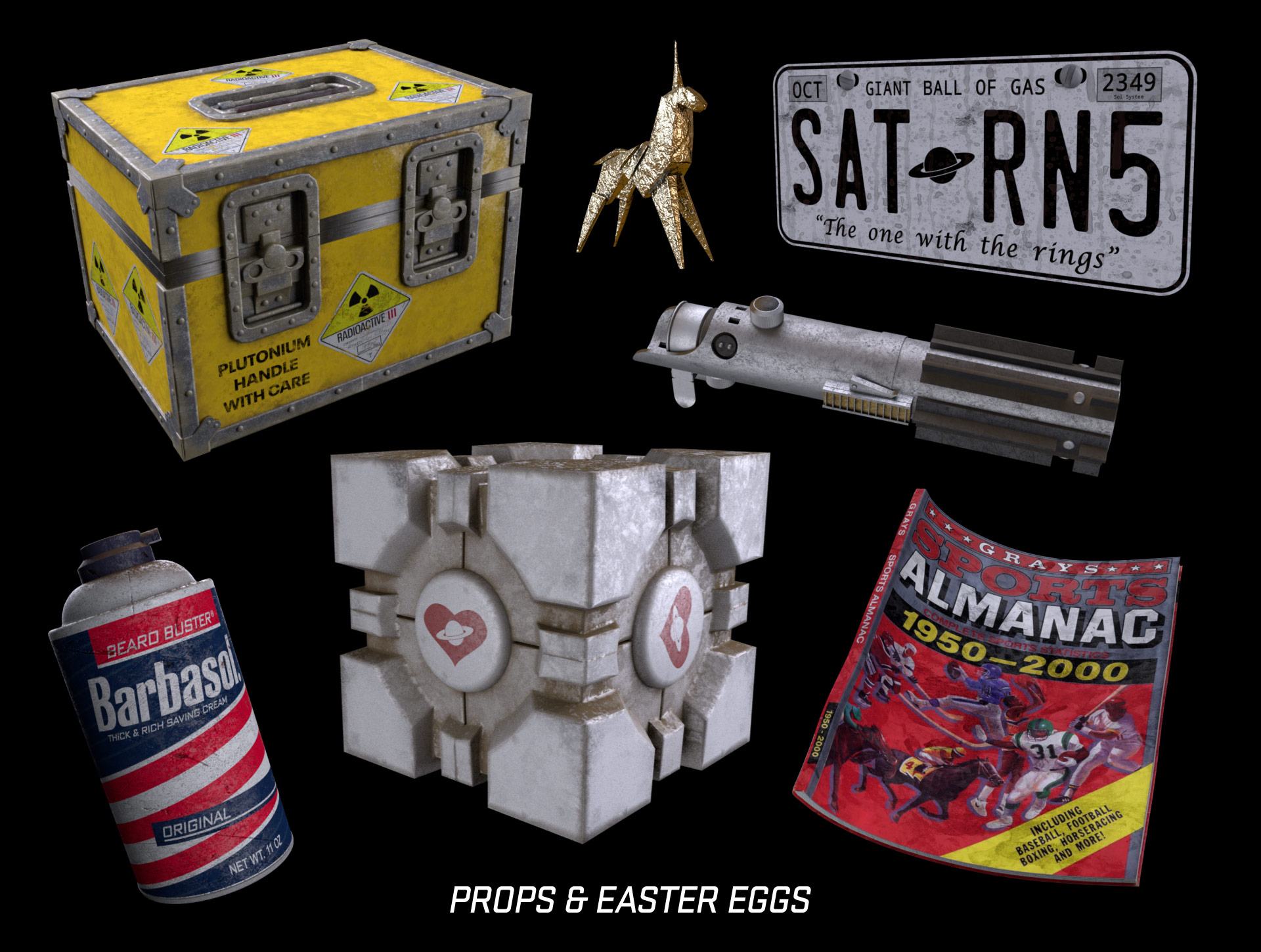
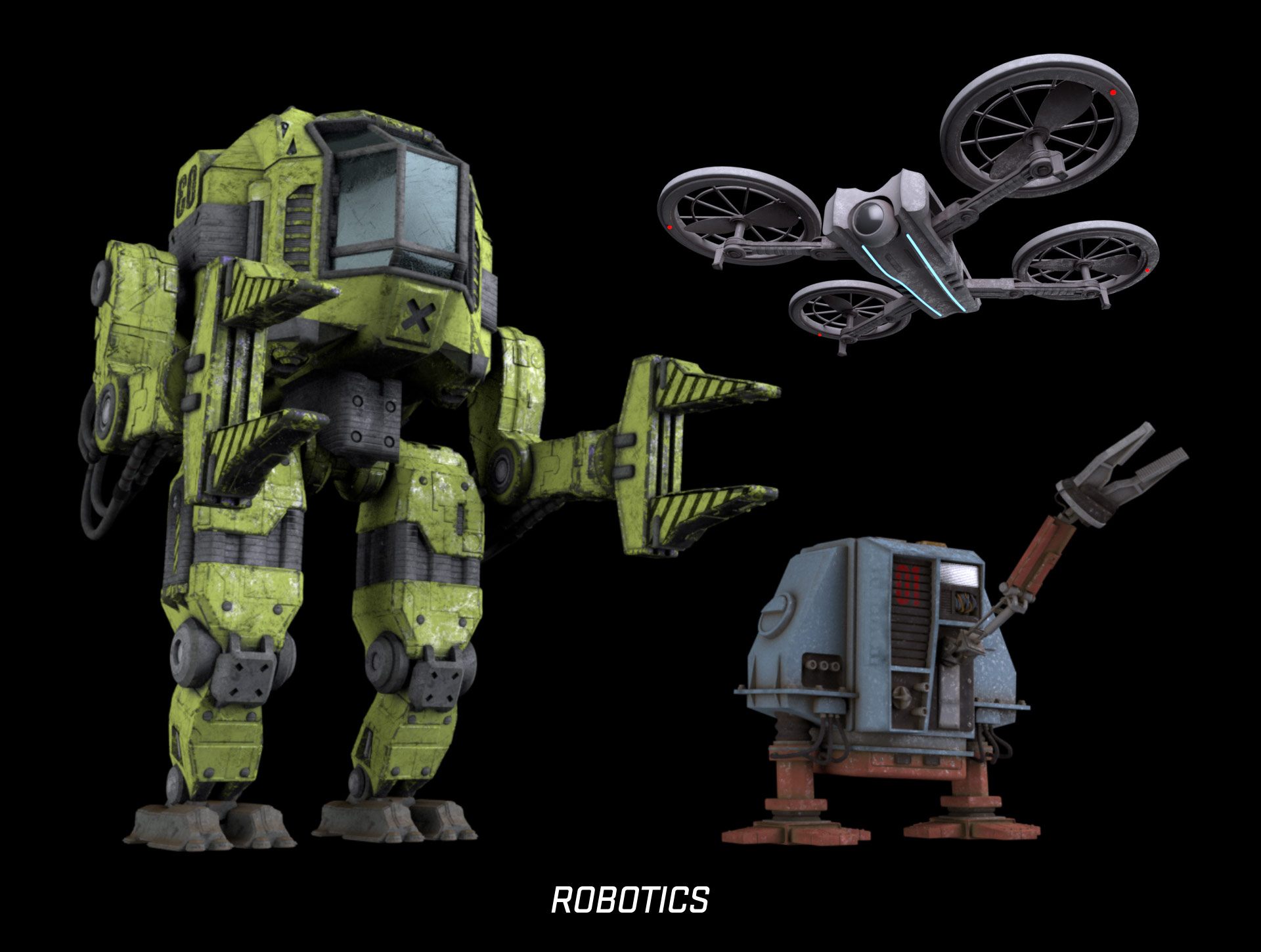
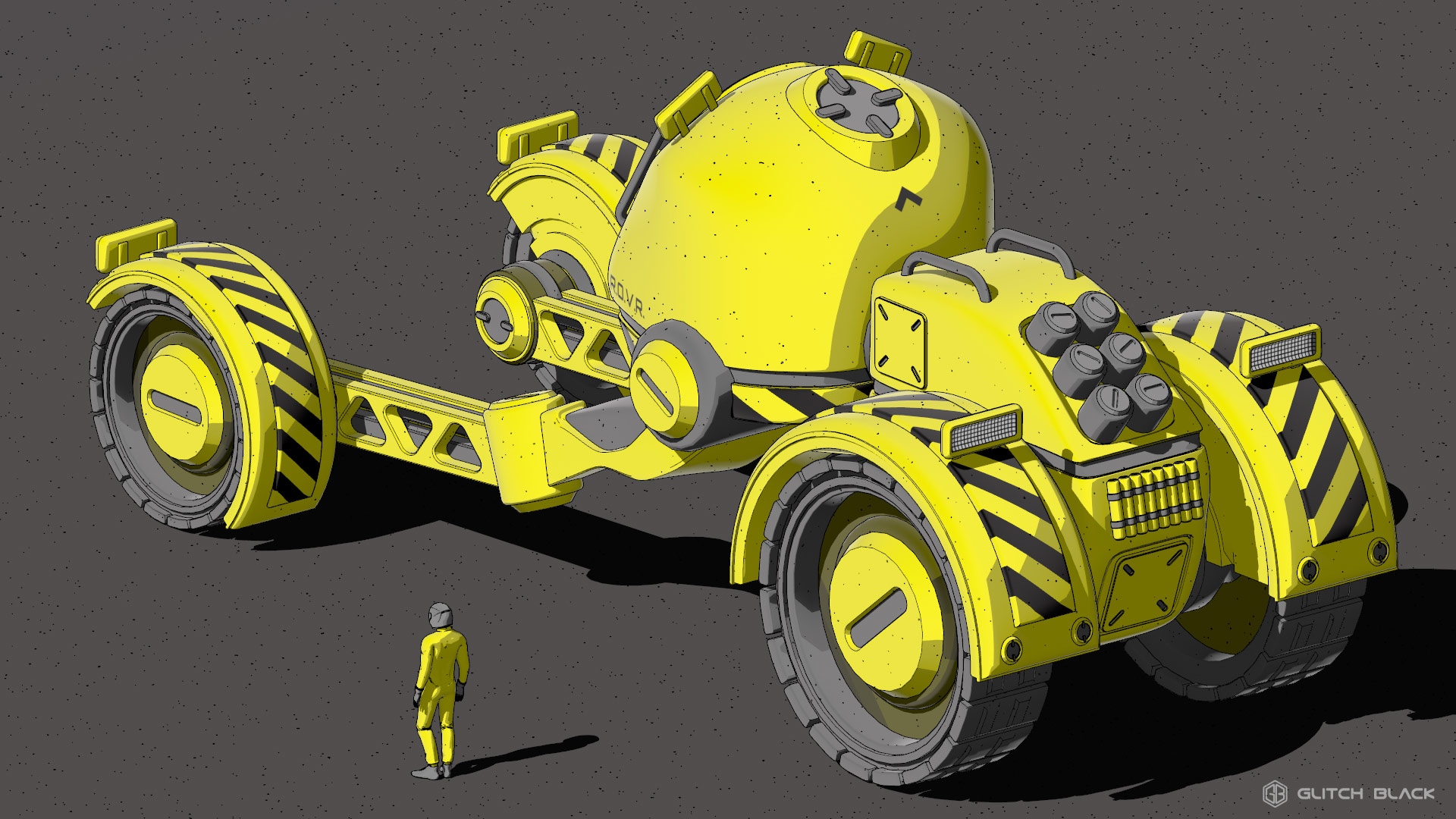
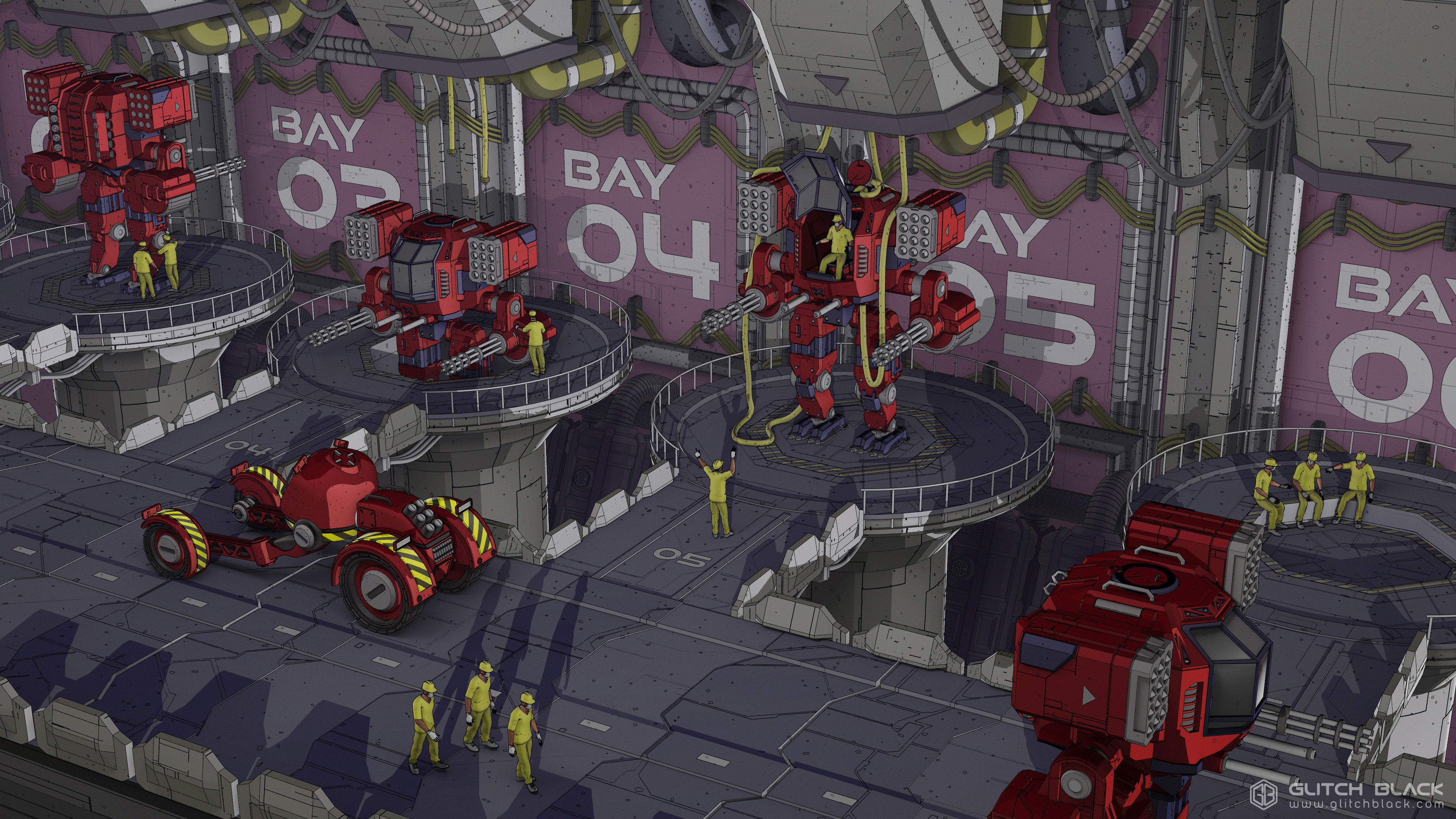
I used Cinema 4D for all the modeling and UVing of the objects in the scene, as well as composing the scene itself. I used Octane Render as my render engine and to assemble all my custom materials using its node-based material builder.
I used Adobe Photoshop and Adobe Illustrator to create custom textures which I then plugged into my Octane materials. Finally, I used Adobe After Effects for miscellaneous compositing and final tweaking.
My biggest challenge was resource management. The scene I made for this challenge is by far the most detailed I’ve ever put together, and I quickly learned that my scene would fail to render if I overloaded it with too many 8K textures or overly-dense meshes. Even after simplifying my texture resolutions and mesh densities, once I got to the end of the project I still needed to render my scene across multiple passes. Each pass would have different objects turned off to allow the rest of the scene to render. Once all the passes were rendered, I was then able to layer them all together to remove the empty spaces. It was an annoying workaround but it allowed me to get the full scene rendered as intended.
One of the challenges I gave myself with this contest was to use as few 3D stock elements as possible. The only objects I didn’t model myself include the tree and some parts of the astronaut’s suit.
I find myself working on personal projects almost constantly. Most of the time they’re just short looping animations that I can make in a day, but occasionally I’ll take on something more ambitious that takes a while to make. One of my favorite projects is a robotic hand that I designed and modeled. It stands out to me in particular because of how much time I spent fine-tuning all of its small details. I even rigged it up so I could animate it into different hand gestures.

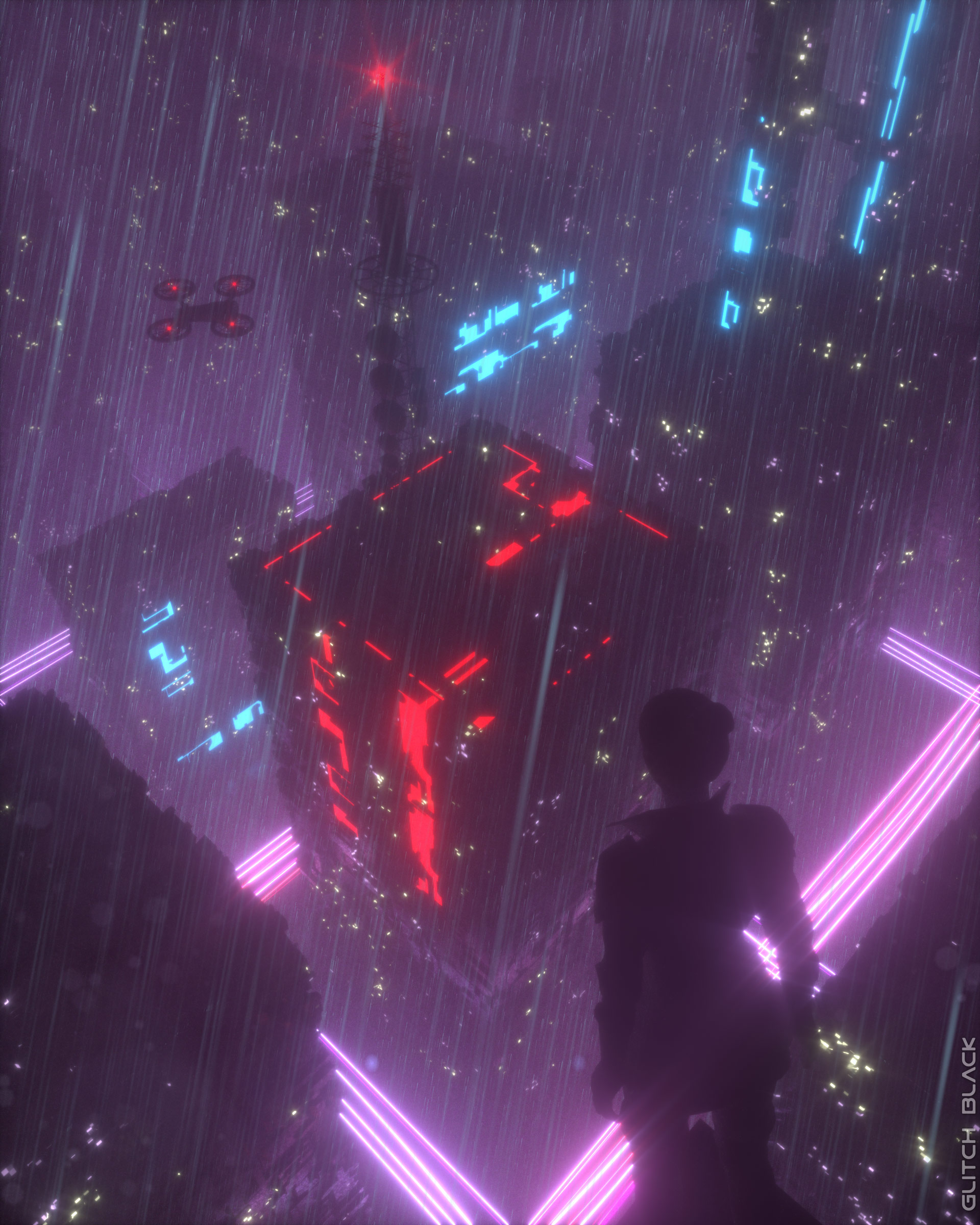
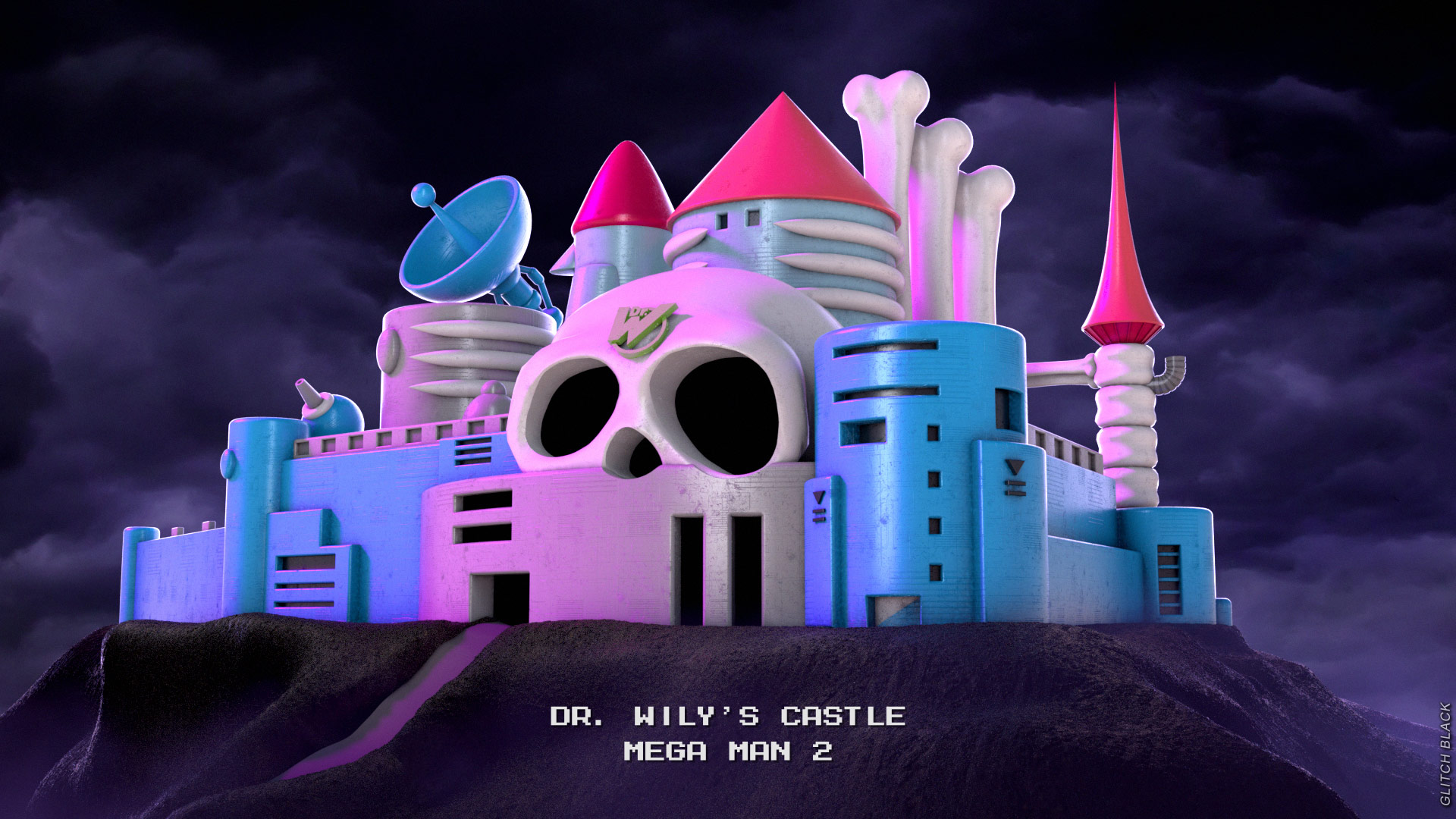
You can find more my works on the ArtStation.
I’ve been re-reading Neuromancer by William Gibson and I had forgotten how detailed the descriptions of many of the futuristic environments are. I first read it about 20 years ago, but now I’m able to visualize its world much more vividly.
– I enjoy the constant pursuit of experimentation. Whether it’s trying out a new plugin, learning a new software, or exploring a new art style, the act of trying new things keeps me creatively energized.
– It’s important to have at least one creative software that you’ve totally mastered and are completely comfortable with. That way you always have a comfort zone available that you can be effortlessly creative with.
– Personal projects are an absolute must. I find that client work is rarely the place where you can push boundaries or explore your own ideas freely. Personal projects serve as a sort of pressure valve for releasing the tension that may build up over time with paid work.
– Personal projects come in all sizes. Sometimes there’s an idea that only takes a few hours to realize and other times a much more ambitious project may take months to finish. Both kinds of projects are important and can teach different things.
– To improve as an artist, observation is key. Observing the work of other artists, observing other art forms, observing the real world, observing people, etc. By observing things closely, you start to understand how they work and how different things relate to each other.
Add a comment